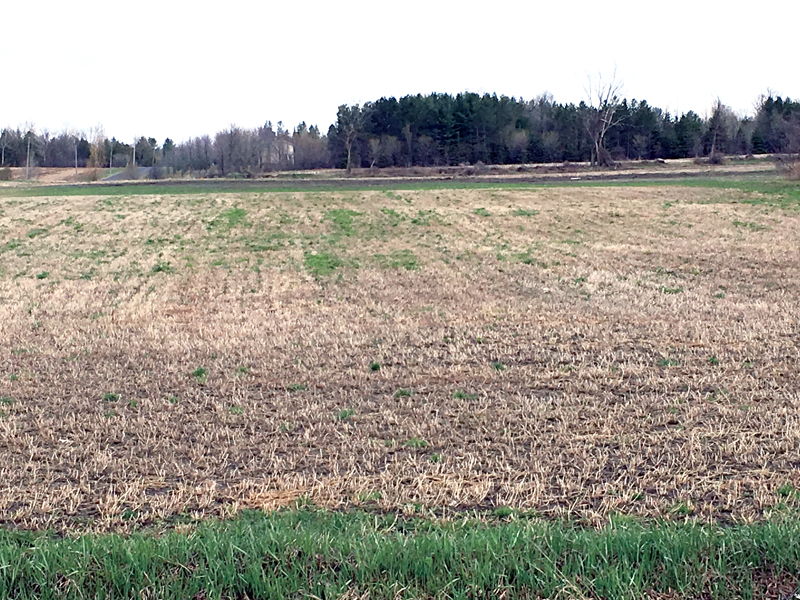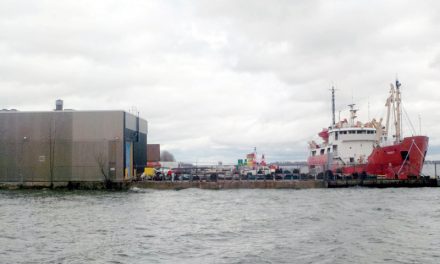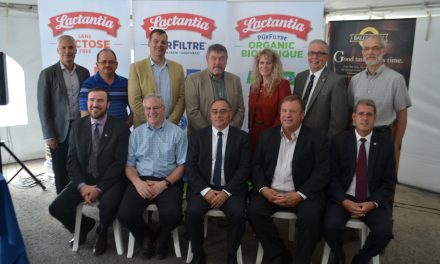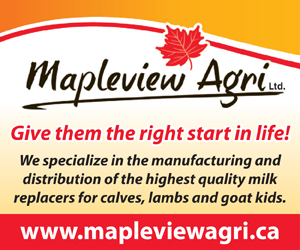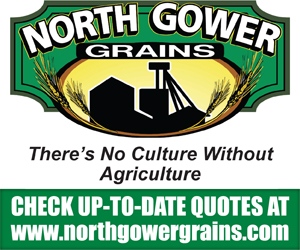Feeling the impact
Winterkill across the eastern part of the province has had a detrimental impact on dairy producers this season. Vogel photo
by Jakob Vogel B.Sc. (Agr.)
AgriNews Contributor

The quality of the roots will be the driver of the sustainability of a forage stand. The above picture shows a second year stand of alfalfa with rotten roots.
Vogel photo
ONTARIO – Now that winter has come to pass and we are finally able to get out to our fields, producers were hoping to find nice green buds starting to appear on our forage plants. Unfortunately, as most producers have come to realize, winter was not pleasant for a large majority of the eastern part of the province.
Although accounts of winterkill are quite variable across Eastern Ontario and Western Quebec, the question still remains: what do we do now? Unfortunately, for many producers, replanting and re-thinking our inventories may not be a choice for this year. The good news – it is still early enough to be proactive on issues such as these to try and rebuild some of these inventories.
Before answering the above question of what are we to do in order to rebuild our inventories and feed our cows, heifers and dry animals for the upcoming year; not to mention have an over credit of at least three months to avoid these kinds of stressors in the future; we first need to answer a couple of questions:
1. Do we have contracts already made for beans, corn or other cereals/grains that could be using up possible forage land?
2. Are we set up to use byproducts from these crops (straw versus hay, soy straw versus wheat, etc.)?
3. Are we able to reallocate land from sellable grain to forages (corn silage versus corn silage; silage beans rather than soya)?
If we start answering these questions we are already on the right track to determining a farm’s “Best Option”. Before selecting an option or a plan to move on with, be realistic about what your requirements will be. Remember that we have calves, heifers and dry cows that all need feed for the year. Also, an often forgotten point is the existence of shrink! Even though the level of shrink is different from farm to farm, keep it in mind when calculating inventories – a safe but conservative number that I typically use, is 10 per cent; some storage methods are slightly less, while others are hitting in and around the 20 per cent loss of forages. Practices like properly sealing silos, wrapping bales with multiple layers (greater than six layers), and proper constant packing can help with reducing the shrink.
Similar to all things on the farm, there is rarely a blanket treatment for all situations but the goal of this article is to provide some ideas that may have not yet been considered or discussed.
The first and hopefully simplest would be change the rotation of the land and, if necessary, plant corn silage into the sod of the now dead hay field with a mix of forage seed that can yield a voluminous first cut and hopefully underseed it with forages that will yield for second and third cut. It will be important to not compromise quantity for quality. Understanding that this is easier said than done, most forages on the market have the potential for milk production, however, we may need to adjust our management practices to be more aggressive during the harvesting of these plants that will most likely have a much narrower window for adequate quality suitable for high producing dairy cattle.
The second option would be to maximize the yield from the land that we have available for forage harvesting. Consider increasing the usage of corn silage, or inputting a more aggressive fertilization plan to try and improve the dry matter yield.
The third solution and somewhat unrelated to the field portion of the farm, would be to evaluate the number of heifers and replacement animals that we are currently housing at the farm. Often times when looking at the inventory of animals, we as a provincial industry tend to hold onto too many heifers, as a “just in case fund”. Although this is an expensive practice to continue, on a year with limited inventory, we need to remember that although on an individual basis heifers may not consume much compared to milk cows, liberating 20 spaces can add up. The same mentality should be used for milking cows as well – if we can fill the same kilos of quota with fewer animals, we become more profitable.

